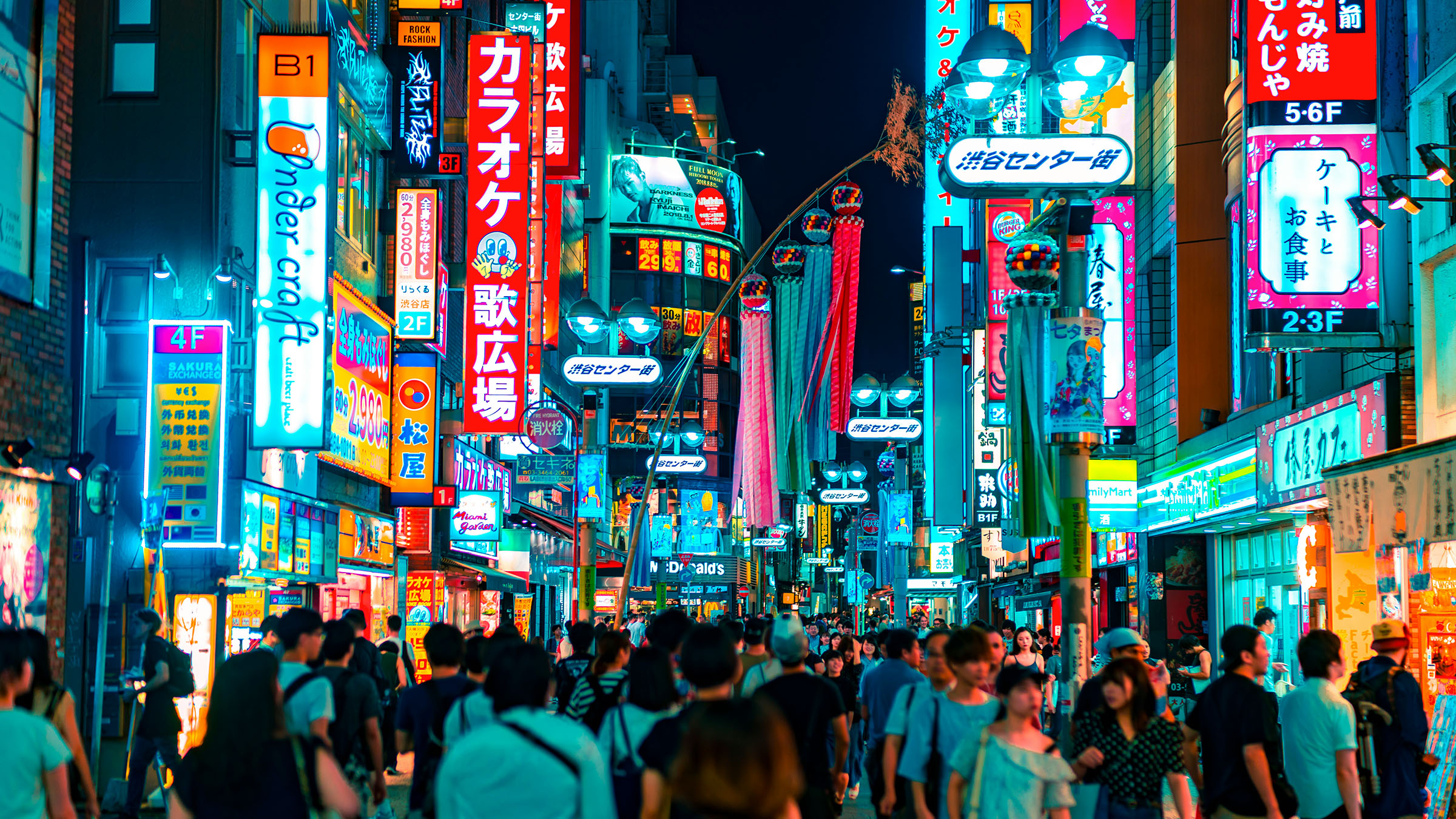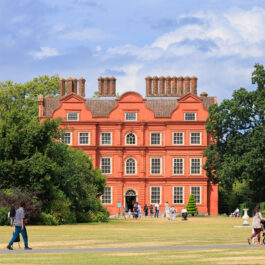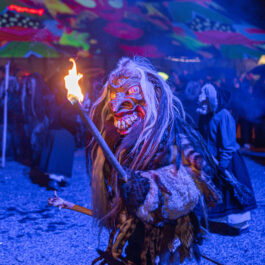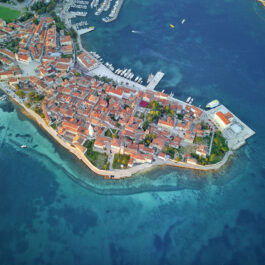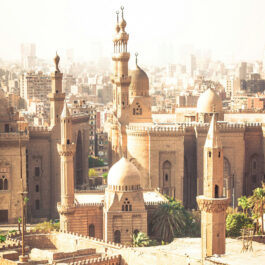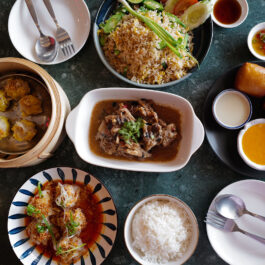Ginza, Shibuya, Shinjuku or Asakusa? Or maybe a slightly out-of-the-way local secret? Whether rediscovering iconic neighbourhoods or exploring under-the-radar areas, Tokyo simply never disappoints. Hiroko Kamogawa takes us to her favourite corners of this vast and beguiling city.
Wake Up Refreshed – And Centrally Located
Tokyo is famous for its wide array of ultra-pampering hotels and “urban resorts”, but for our whirlwind tour of the city, we thought we’d keep it simple with a place that provides a sense of freedom. Art Hotels Shibuya avoids definitions and leaves the purpose of the stay up to the guest: it can be a place to live, work, eat, drink, unwind or all of the above.
But this doesn’t mean that the best of hospitality is compromised; freshly baked breads, carefully prepared coffee blends and just-squeezed juice are on hand, while the trendy original artwork in each guestroom adds a touch of urban cool, and a small on-site wellness salon offers a handful of bespoke treatments for guests in need of a little TLC.


The hotel’s greatest asset, however, is its location: the immediate neighbourhood is tranquil, but it’s just one short train stop away from the throbbing heart of the metropolis at Shinjuku.
Alternatively, for those looking to explore glitzy Ginza, the Muji Hotel Ginza – a hospitality venture by Japanese retailer Muji – is located just a few streets down from Ginza Dōri, where prestigious department stores and luxury labels reside. The property, appointed with natural materials like upcycled paving stones and reclaimed wood from century-old trams and ships, features 79 rooms of varying sizes, all equipped with Muji amenities.


Savour A Local Breakfast
There are, in theory, only three meals to be eaten on a 24-hour jaunt – which is a disappointing prospect in this foodie capital boasting more than 500 Michelin-listed restaurants and countless local delicacies to try. We see two ways to address this culinary conundrum: either forget doing anything other than eating, or hit two birds with one stone in a meal that packs epicurean punch while delivering authentic Japanese flavours. We’ll opt for number two.
A hotel lobby might not be an obvious place to seek out such a meal, but the legendary breakfast by two-Michelin-star chef Takagi Kazuo, served at The Lobby of the Peninsula Tokyo, is an exception. This (surprisingly affordable) full Japanese breakfast – entailing marinated grilled fish, seasonal side dishes, a specially blended miso soup and rice cooked up fresh every half an hour – is complemented by a mouth-watering dessert from the Peninsula’s in-house pastry chef.
The breakfast menu is revised every two months, ensuring it embraces the quintessentially Japanese ingredients available at the moment, all carefully prepared according to traditional methods.


[Photos: © The Peninsula Tokyo]
Rub Shoulders With Locals
There are about 15 key neighbourhoods in central Tokyo, yet many travellers tend to revisit a handful of well-worn favourites: the Shibuya/Daikanyam district for its trendsetting stores, Roppongi/Asakusa for the great dining and nightlife, and Ueno/Asakusa for temples and culture. The lesser-known corners to the west of the main hubs, meanwhile, promise a more genuine glimpse into the life of Tokyoites.
Shimokitazawa, for instance – just a short train ride from the fashionable Shibuya district known as Shimokita – cultivates an entirely different feel. Laid-back, alternative and curiously maverick, Shimokitazawa is known for its thriving art scene, evidenced by the countless vinyl shops, rare-book stores, indie theatres and underground cinemas that attract creative minds from all across Tokyo and beyond.
Mikan Shimokitazawa, the commercial complex in the elevated railway area near Keio Line Shimokitazawa Station, embodies this part of town in a nutshell, its alleys lined with vintage stores, artisan boutiques and diverse international dining options. One of the key concepts here is to create a place for socialising and engaging in conversation over a late-night drink, fuelling Shimokita’s reputation as a cultural melting pot.

[Photo: © Tokyo Convention & Visitors Bureau]
Koenji, just to the north of Shimokitazawa, is another up-and-coming area popular among music and fashion enthusiasts. Somewhat more traditional, it boasts numerous temples and shrines nestled in small, but perfectly formed gardens.
A stroll through the narrow streets and arcades of Koenji can reveal charming finds, from niche vintage and concept stores to hipster lunch hot spots and unique cafes; check out Rad Bros Cafe, serving hand-dripped coffee with delicious baked goods, or the eccentric R-za Dokushokan Café, where a no-talking policy allows punters to immerse themselves in the more than 1,500 books available. Handmade furniture workshop KOMA is also a short ride away – the spacious showroom filled with award-winning original pieces is well worth a visit.

[Photo: © KOMA Shop]
Go On A Culture Crawl
Visitors on a culture kick will likely know of the Ueno district, an epicentre of world-class museums where major international exhibitions make inevitable stops. Yet a number of unassuming business and residential areas in Tokyo have also gradually developed into notable art hubs over the years.
The modern waterfront business district of Tennoz Isle is a fine example. The Warehouse Terrada, a key player in the neighbourhood’s development, has turned the area into one of the paramount art and design centres of the capital; it encompasses the WHAT Museum, showcasing artworks and installations usually stored at their warehouse, and the Terrada Art Complex, housing blue-chip commercial galleries.


The district, however, is also home many more alternative spots worth taking in, such as breadworks, with its freshly baked breads and mouthwatering pastries, and T.Y.Harbor, a floating lounge adjoining a craft beer brewery that adds a marina-like feel with decked-out waterfront terraces. You’ll find a few intriguing specialist stores, too, like Pigment, which peddles a kaleidoscope of art materials, and Slow House, an inspiring interior and furniture store.
Don’t miss the nearby Arimaston Building; this surreal concrete structure was erected by Keisuke Ota, known as the Gaudí of Mita, entirely by hand over the course of the past 20 years.


[Photo to the left: © breadworks, Photo to the right: © Pigment]
Experience Tokyo By Night
In a place as huge and diverse as Tokyo, with a great range of culinary choices readily at hand day or night, “authentic” dining is hard to define. Is it masterful sushi or multi-course Kaiseki menus? What about casual one-bowl meals like ramen or donburi? We say: when you’re spoiled for choice and feeling indecisive, look for an izakaya.
Izakayas are a Japanese institution – informal taverns serving regional gastronomic specialities to be shared over drinks and conversation, similar to a tapas bar in Spain. Tokyo, of course, has a vast spectrum of izakayas to choose from, ranging from the modern to the traditional, but our favourite is TRUNK (KUSHI) at the TRUNK(HOTEL) Cat Street in the pulsing Shibuya district.
Inspired by the traditions of post-war Shibuya, where food stalls at local black markets started selling chicken skewers and seasonal ingredients, TRUNK (KUSHI) perfectly merges the past and the present, embracing a typical izakaya-style culinary experience with a touch of cool. A variety of delicacies and drinks are on offer, including local plum wine and premium barley shōchū spirits, all served alongside delectable bites – making for the ideal place to reminisce with your travel companions about your big day in the metropolis.


[Photos © Trunk]

